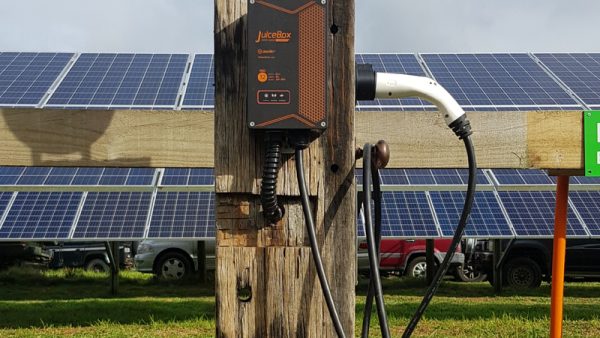Elon Musk’s Starlink has become pretty vital not only on the barrier, but for many off-gridders globally, offering impressive speeds but at a considerable energy cost. It’s not uncommon to look at your battery levels tanking, even when you’re not using it. Here are some strategies to help save power:
- Use the “Sleep Schedule” Feature: A significant advancement for power management in Starlink is the “Sleep Schedule” feature, introduced to the mobile app. This allows users to set specific times for the Starlink dish to power down automatically and then power back up. This is especially useful for saving power during times of inactivity, like overnight, as running the dish continuously can quickly drain power sources.
- Get the Right Dish: The power consumption of Starlink dishes varies depending on the model. The first-gen dish draws between 60 to 110 watts on average, while the second-gen dish consumes between 50 to 75 watts. The third-gen dish’s consumption is similar to the first-gen. The High Performance dish uses more power, averaging between 110 to 150 watts. When not in active use, these dishes consume significantly less power, dropping to around 20 to 30 watts for standard dishes and 40 to 50 watts for high-performance ones.
- Disable Snow Melt Feature: Since we don’t experience snow, disabling the built-in heating function that melts snow on the dish can save a considerable amount of energy. This feature is on by default (although only activated when it thinks it’s necessary) and can lead to higher power consumption when activated.
- Be Conscious of Weather Conditions: Weather conditions can affect power consumption. For instance, heavy rain may require the dish to increase its signal-to-noise ratio, leading to higher power usage. Being aware of this can help in planning power usage more effectively.
- Consider Pulling the Plug: Before the introduction of the Sleep Schedule feature, the most common method to save power was manually unplugging the hardware during times of inactivity. This is still a viable option for those who prefer a hands-on approach, especially since even sleep mode uses 25 watts.
- Technical Modifications: For the technically adept, using a DC PoE (Power Over Ethernet) injector could potentially reduce power consumption. However, this might void the warranty and can be hazardous due to high voltage levels, so it’s generally not recommended.
- Daytime Downloads: To maximize energy efficiency, consider downloading movies and videos from streaming services like Neon, YouTube, TVNZ and Netflix during the day when solar generation is at its peak, and then power down the Starlink dish at night.
Advertisement





